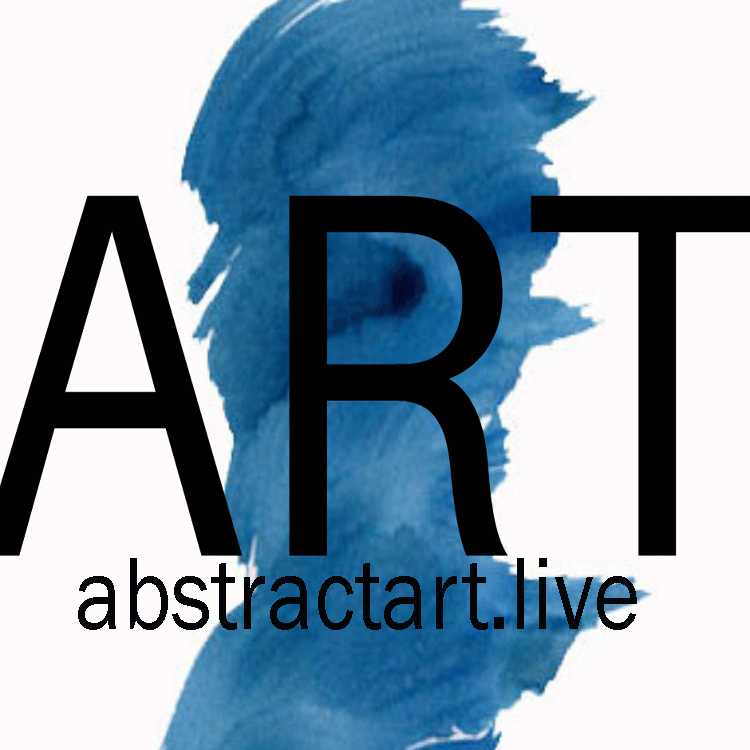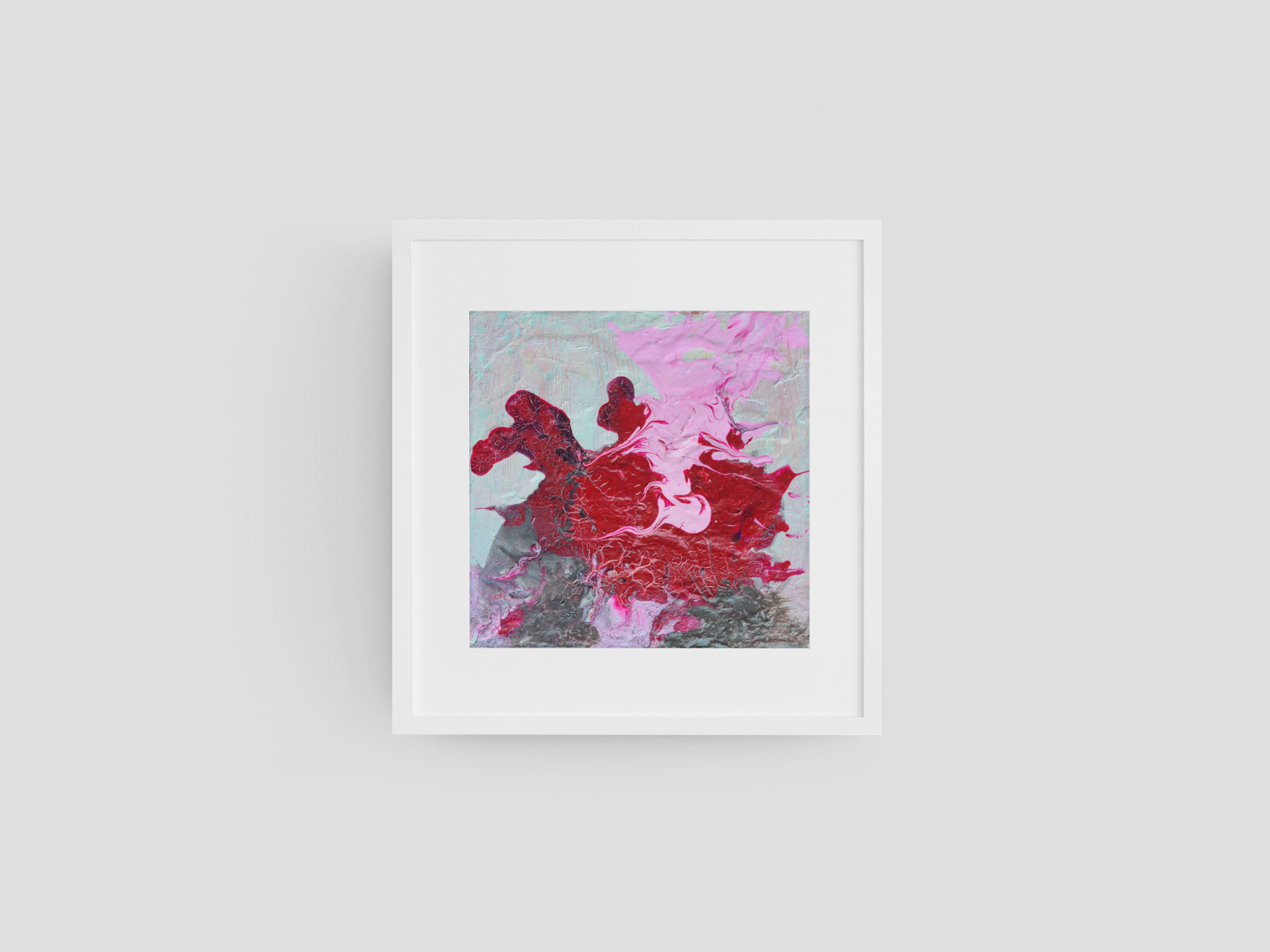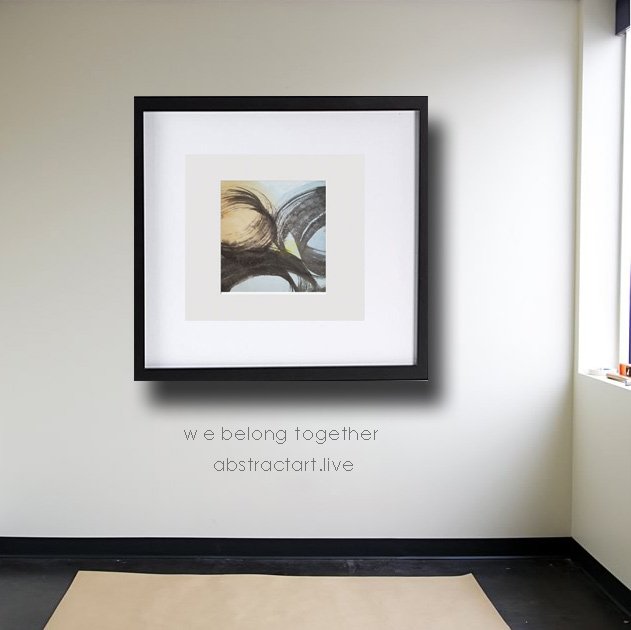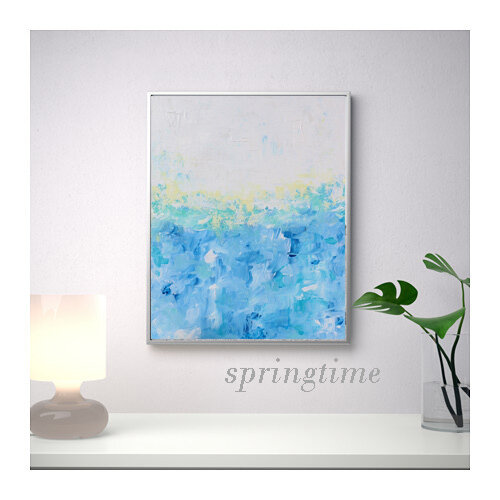Six Elements Of Abstract Art
Abstract art doesn’t have all of the rules many other art styles possess.
However, there are still six elements of abstract art that are at least considered in these art pieces. The more you understand about the elements, the better you are able to appreciate the work that you see and the artists behind them.
What Are The Six Elements Of Abstract Art?
Abstract art, also known as non-objective art, has been around for centuries but it only reached stardom within the past century. At the core of abstract art, you will find that there is imagination and the inner workings of the mind.
Rather than depicting people, places, and things in more traditional and realistic ways, abstract art takes these pieces to a more emotional place. In every abstract art piece, you will find things that differ from reality, whether that be the colors, the subject matter, the lines, or other elements of the artwork. The ultimate goal is to capture the emotion of the piece.
However, to create a beautiful abstract artwork, the artists must understand the six elements of abstract art - whether they play by the “rules” of these elements or specifically change them. These elements are:
● Lines
● Textures
● Shapes
● Forms
● Colors
● Values
Let’s take a look into each of these elements a little further.
Lines
When it comes to abstract art, one of the most important pieces for many artists is lines. This element of the artwork is considered by many to be the most important of the six elements of abstract art.
However, when discussing line in abstract art, the lines do not have to be straight or follow any particular way of being. Instead, line is used to create forms for the piece. You will find abstract art with straight, bold lines, of course. However, you will also find those that seem - at first glance - to not have much of anything for lines. The lines in abstract art are what draw your eye from one part of the piece to the next.
Texture
Texture appeals to our sense of touch and can evoke emotions associated with satisfaction, comfort level, and familiarity. It is, ultimately, the quality of the object’s surface. You don’t need to actually touch the piece to know and picture how it feels. In fact, there are three main types of texture; physical, implied, and patterned.
Physical textures are also called actual textures and relate to the viewer’s previous memory of what something feels like. Implied texture is an illusion of what it potentially feels like, particularly manipulating light and shadows. Pattern textures evoke the feel of the piece through the pattern of the texture. Here is one example of patterned texture in artwork.
I particularly love working in textures. Some examples of this textured art BLACK MATTER, GOLDEN HORIZON, CALMED.
Shapes
Abstract art is probably the most popular style to understand what shape is in the creative world. Shapes are everywhere you look and use length and width to illustrate the size. Combining shapes with lines, you can form prominent and innovative boundaries. You can also accentuate it through stronger highlighting and shadows, which, in turn, have the power to transform it into a 3D piece of work.
Shapes in abstract art do not have to follow the shapes that we are used to in realism art or in real life. However, the use of a variety of shapes, and the use of specific shapes in the piece are a big part of what brings an abstract artwork together.
Forms
The forms used in abstract art are another important element to the work. In the majority of abstract art, the forms used have been simplified to changed to evoke certain emotions in the viewer. Different than shape, form is the more all-encompassing subject of the piece. In fact, a variety of shapes make up the form of the artwork.
Colors
Color is generally one of the most-utilized elements of abstract art. Color is used in ways that it normally wouldn’t be in other art styles. And for many abstract artists, the use of specific colors and color combinations is the basis of their work. The colors used help to create the look and feel of the piece. You will find abstract art that focuses on one or two colors, while other pieces use a large number of colors to create the piece.
Color can be a layering of neutral, strong black and white or multi-colors. Examples of neutral abstract painting are NEUTRALITY and OPUS. Strong black and white abstract paintings would include BLACK CONFETTI. Colorful and bright colored abstract paintings are I DREAM IN COLOR, LAKE SAIL.
Values
Value is a key characteristic for abstract art, and relates to how light or dark the chosen color or hue used is going to be. While in many ways, this feels the same as color, it is its own element.
The overall color scheme of a piece can use traditionally bright colors, but if the artists chooses to go with a darker value, the piece is going to look very different.
Try to visualize this aspect as a gradient going from darkest to lightest. The stronger the tone, the lower the contrast is going to be. Altogether, it is responsible for the texture’s appearance and how light it is.
Why The Elements are Important
You may be wondering why the six elements of abstract art are important, and why it’s good to understand them. When you understand how these elements come together, how they play off of each other, and how they combine to create the artworks you are looking at, you’re better able to appreciate and understand the work itself.
The beauty of abstract art is that the artist can manipulate and change these elements in ways that fit their work. With no set rules on how to use these elements, they become tools and building blocks for the work itself, rather than defining structures or limitations.
The next time you look at an abstract artwork piece, take the time to consider each of these elements and how they play into the overall look and feel of the piece. You may even find that you appreciate the piece even more than you did before!






